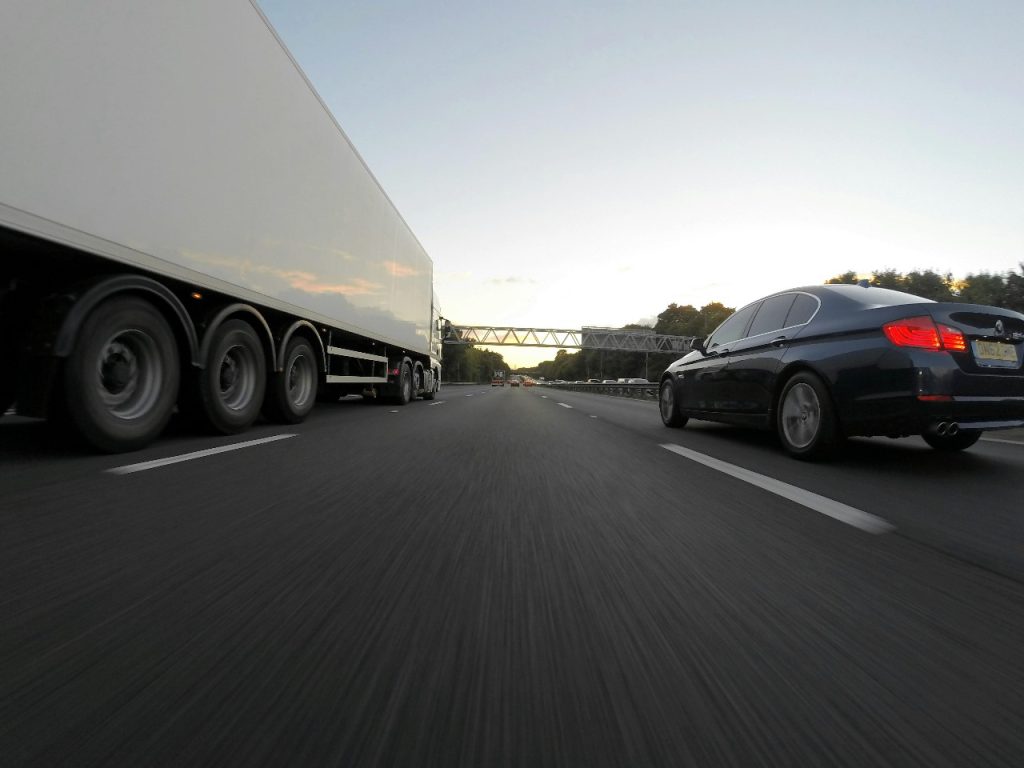Indian vs. Global Trucking: Challenges, Contrasts, and the Road Ahead

One significant component of the competitive market that propels the economy is the trucking industry. The fundamental aspects remain constant globally, yet the Indian trucking system has imposed several unique challenges and opportunities within its framework, as opposed to those offered by developed systems in the US, Canada, and Europe. Let's plunge into a comparative understanding to better realize these differences.
Infrastructure and Road Conditions
One of the most blatant differences lies in infrastructure and road conditions. India might have one of the largest networks of roads, but it is generally poorly maintained, congested, and inadequately supplied with facilities. This leads to considerable delays and annoying wear and tear on the vehicles. On the contrary, the highways of countries such as the US and Canada are maintained exceedingly well, along with great logistics-oriented facilities.
Driver Welfare and Working Conditions
The life of a truck driver in India can be quite challenging. Long working hours, low wages, and poor living conditions are common issues. Access to healthcare and social security benefits is limited, making the profession less appealing. In contrast, truck drivers in the United States and Europe enjoy better working conditions, higher pay, and comprehensive social benefits, which contribute to a more stable and satisfied workforce.
In recent years, a high number of Indians have been migrating to Canada for better job prospects and an overall better quality of life. Canadian truck drivers earn great wages, often significantly more than their national average. Driving long-haul trips and being away from home all the time is not the norm. Fewer than 5% of Canadian truck drivers have to be away from home for more than two days at a time. Trucking is considered a good entry-level job for newcomers to Canada due to the labor shortage in the trucking industry. The average pay is nearly $23.50 per hour, which is quite a handsome salary.
Technology Adoption
The Indian trucking industry is still in its infancy in the adoption of advanced technology. In advanced countries, GPS data tracking, automated logistics systems, and electronic logging devices (ELDs) optimize operations, whereas Indian trucking companies still rely on traditional ways of doing things. This gradual integration of advanced technology is slowly starting to grow but at a very slow pace compared to the rest of the world.
Accident Rates and Safety Concerns
Trucking in India has long been a dangerous and thankless job. Most drivers have to deal with long periods away from home, sleepless nights, and harassment by police and other authorities. So, while India's growing economy needs around 10-15 lakh new drivers every year, very few young men want to take up truck driving. There are several reasons for truck drivers to get into accidents in the Indian context. More than 20% of truck accidents occur because of poor healthcare, dangerous roads, overloading, undefined working hours, alcohol consumption, truck races between drivers, and choosing shorter yet riskier routes.
Environmental Impact

Environmental sustainability is one of the fastest-growing focus areas in the global trucking industry. In India, the sector has catered to air pollution and greenhouse gas emissions. Efforts are underway to include cleaner technologies such as electric and hydrogen-powered trucks. The US and European markets are already ahead in this transition, mainly fueled by stricter environmental standards and greater awareness among the public.
Market Dynamics
The Indian trucking industry is plagued by fragmentation, with many small to medium-sized operators holding sway over the market. This takes place in a highly competitive market wherein a price war is fought, denting the profit margins. The US and European trucking industries, on the other hand, are relatively consolidated, with a handful of larger players enjoying greater market shares; hence, they assure market stability and predictability.
Conclusion
In conclusion, the Indian trucking industry has some features and attributes in common with global counterparts, it has challenges that require solution strategies tailored specifically for them. Some of the key areas include upgrading infrastructure, embracing new technologies, improving working conditions for drivers, and increasingly addressing environmental issues. India can learn from these experiences and improve logistics in a way that would upgrade India's place in the international economy.
The synthesis and analysis here show the need for continuous improvement and adaptation in the trucking industry, ensuring responsiveness towards the evolving needs of a globalized world. Through systematic innovations and policy intervention, India still has potentially the ability to enhance the position of the trucking industry to international standards, thereby boosting economic growth and sustainability.
Latest Truck News
View all Truck NewsPopular Truck Brands
Popular Buses Brands
Popular Three Wheelers Brands
- Altigreen
- Euler Motors
- Mahindra
- Piaggio
- Bajaj
- Greaves Mobility
- ATUL
- TVS
- Omega Seiki Mobility
- Kinetic
- Lohia
- JSA
- YC Electric
- Udaan
- SN Solar Energy
- Saarthi
- Teja (Powered by Greaves)
- Jezza Motors
- GreenRick
- City Life Electric
- Ampere
- Baba Electric
- E-Ashwa
- Bahubali E Rickshaw
- Dabang
- Deltic
- Keto Motors
- Mini Metro
- Gayam Motors
- Gem EV
- Gkon Automotive
- Skyride
- Thukral Electric
- Baxy
- Eblu
- Hexall
- Joy
- Montra
- Star
- Dandera